My favourite painting: Martin Gilbert
'William Dyce is arguably one of the greatest painters to come out of Scotland and certainly the greatest out of Aberdeen.'
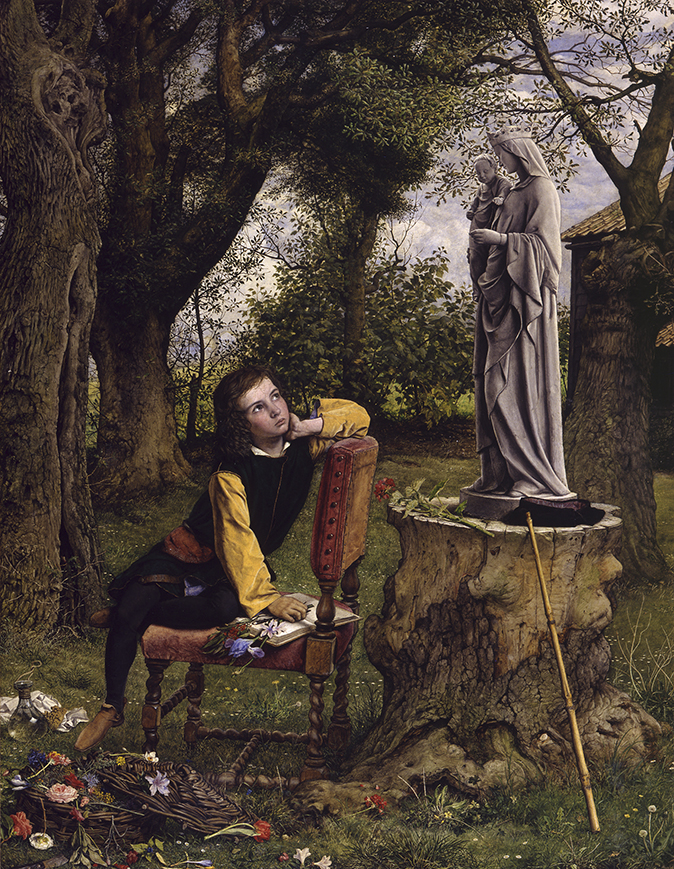

Titian Preparing to Make his First Essay in Colouring, 1856–57, by William Dyce RA (1806–64), 36in by 27¾in, Aberdeen Art Gallery
Martin Gilbert says: William Dyce is arguably one of the greatest painters to come out of Scotland and certainly the greatest out of Aberdeen. His work in the robing room of the House of Lords may be his most famous, but my personal favourite is Titian Preparing to Make his First Essay in Colouring. Every time I go to the Aberdeen Art Gallery, I am drawn to this amazing piece of art. The precision of the painting is astounding and the subject matter is so interesting and different to most of his religious-themed works.
Martin Gilbert is CEO of Aberdeen Asset Management
John McEwen comments on Titian Preparing to Make his First Essay in Colouring: William Dyce, best known for his Arthurian frescoes in the House of Lords, anticipated and was influenced by the art of the Pre-Raphaelite Brotherhood and must surely be the only artist to have produced an academic paper on ‘electro-magnetism’. He had a strong sense of public duty and directed Britain’s first School of Design, answering an urgent need created by the industrial Revolution. Painting for him was a relief from administration.
Dyce was the third son of Dr William Dyce, a Scottish physician who lectured at the second of Aberdeen’s medieval universities, Marischal College. He received his MA in medicine and theology at 17, but was determined to be an artist and, armed with his most ambitious picture, secured a berth on a fishing smack to London, where he broached Sir Thomas Lawrence, president of the Royal Academy. His father relented and young William entered the Royal Academy Schools.
Dyce’s crucial artistic experience was two visits to Rome in the 1820s. A High Anglican by upbringing and inclination, he was inspired by sacred Renaissance art. He later encouraged the most religious of the Pre-Raphaelites, William Holman Hunt, at the outset of his career and first persuaded Ruskin of the young painter’s merit.
This minutely detailed, brightly coloured picture shows his own debt to Pre-Raphaelitism. it tells the legend of the boy Titian using floral juices for pigment, in this case to decorate a statue—Dyce’s covert plea for a Protestant return to the Catholic practice of coloured statues in churches. Ruskin congratulated him: ‘you have beat everybody this time for thoroughness.’
Exquisite houses, the beauty of Nature, and how to get the most from your life, straight to your inbox.
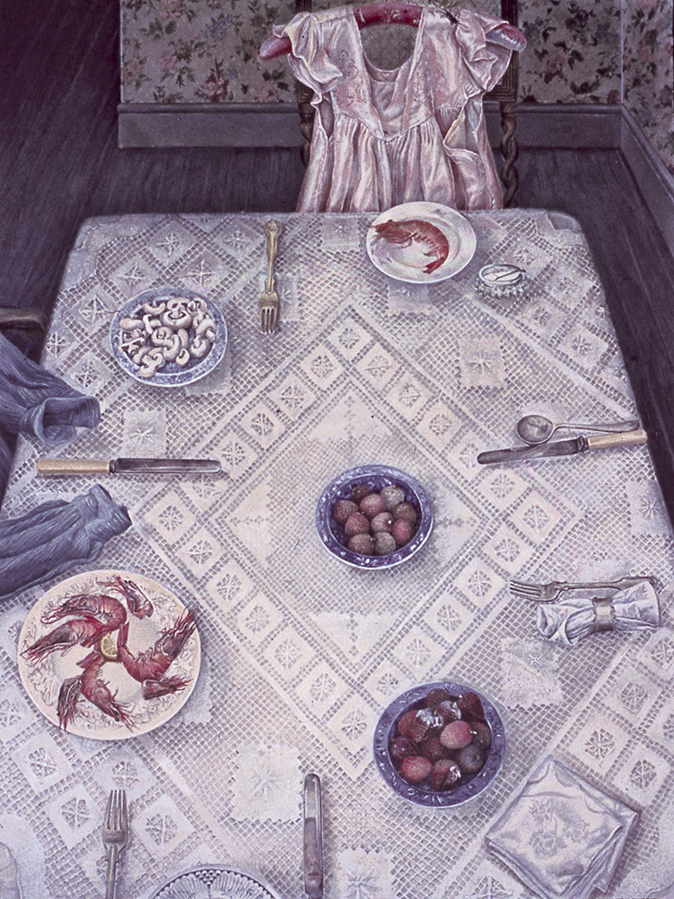
My favourite painting: Prue Leith
'I love this picture for its oddly surreal faces in the knives and empty clothes'
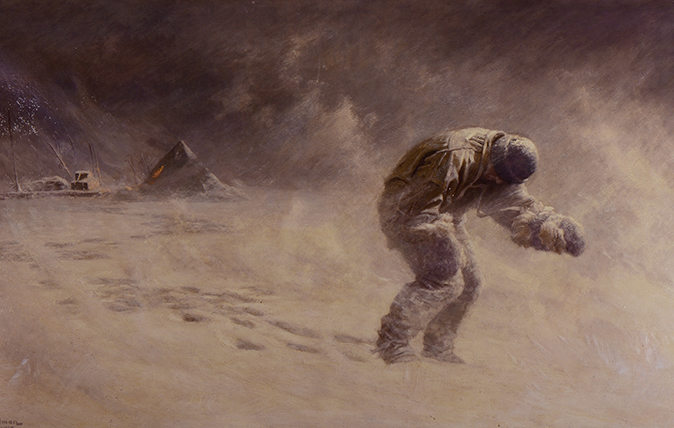
My favourite painting: Simon Hart
'For any artist to create such drama and emotion from a scene of almost total whiteout is a great skill.'
Country Life is unlike any other magazine: the only glossy weekly on the newsstand and the only magazine that has been guest-edited by His Majesty The King not once, but twice. It is a celebration of modern rural life and all its diverse joys and pleasures — that was first published in Queen Victoria's Diamond Jubilee year. Our eclectic mixture of witty and informative content — from the most up-to-date property news and commentary and a coveted glimpse inside some of the UK's best houses and gardens, to gardening, the arts and interior design, written by experts in their field — still cannot be found in print or online, anywhere else.
-
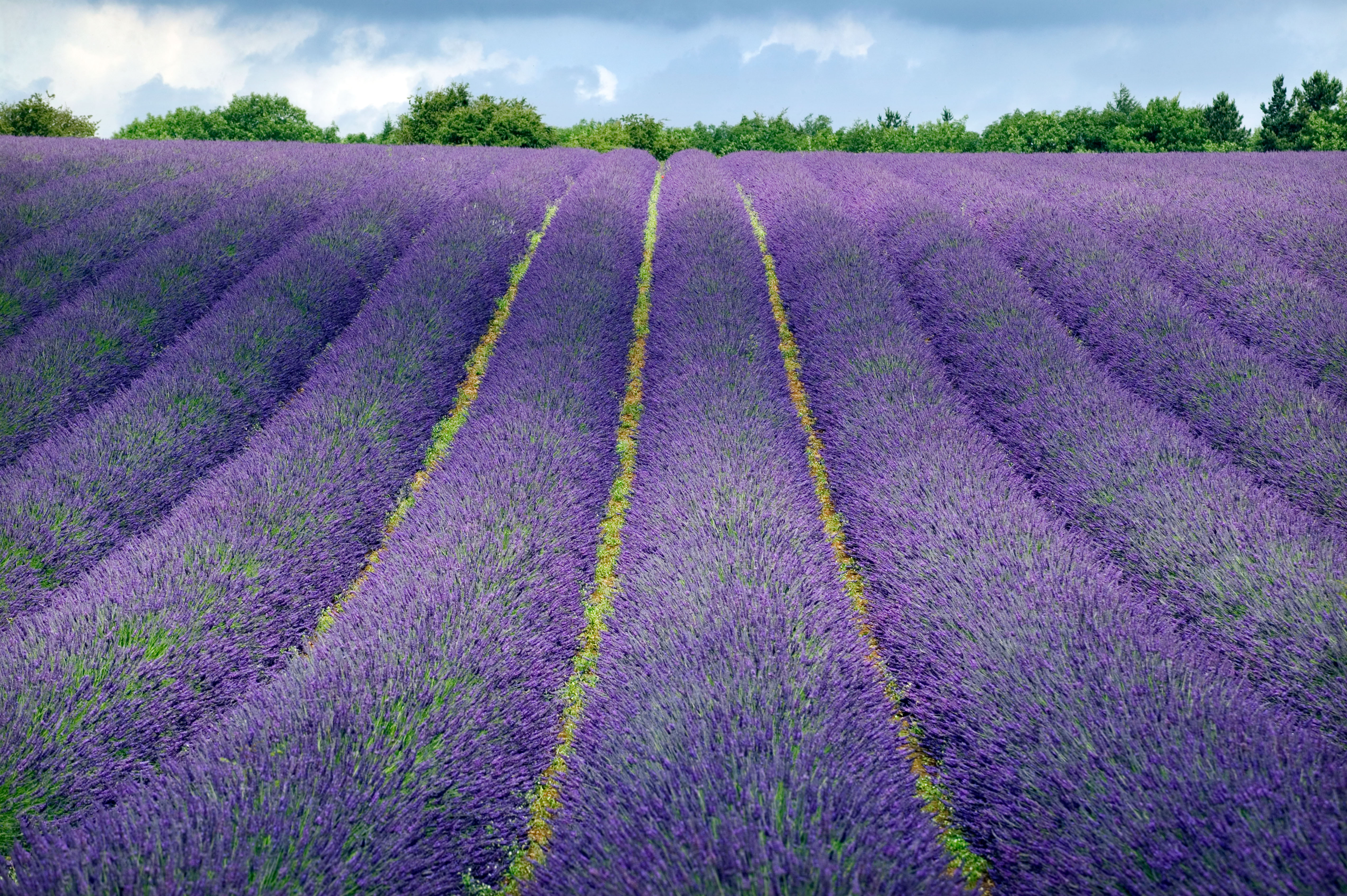 Meet the British perfumers squeezing landscapes into scents
Meet the British perfumers squeezing landscapes into scentsThe nuances of modern perfumery now allow a single drop to evoke an entire landscape. Amie Elizabeth White explores the native houses hitting the right notes
-
 A Georgian farmhouse that's an 'absolute gem' in an ancient village on Salisbury Plain
A Georgian farmhouse that's an 'absolute gem' in an ancient village on Salisbury PlainJulie Harding takes a look at the beautiful West Farm in a gorgeous Wiltshire village.
-
 'As a child I wanted to snuggle up with the dogs and be part of it': Alexia Robinson chooses her favourite painting
'As a child I wanted to snuggle up with the dogs and be part of it': Alexia Robinson chooses her favourite paintingAlexia Robinson, founder of Love British Food, chooses an Edwin Landseer classic.
-
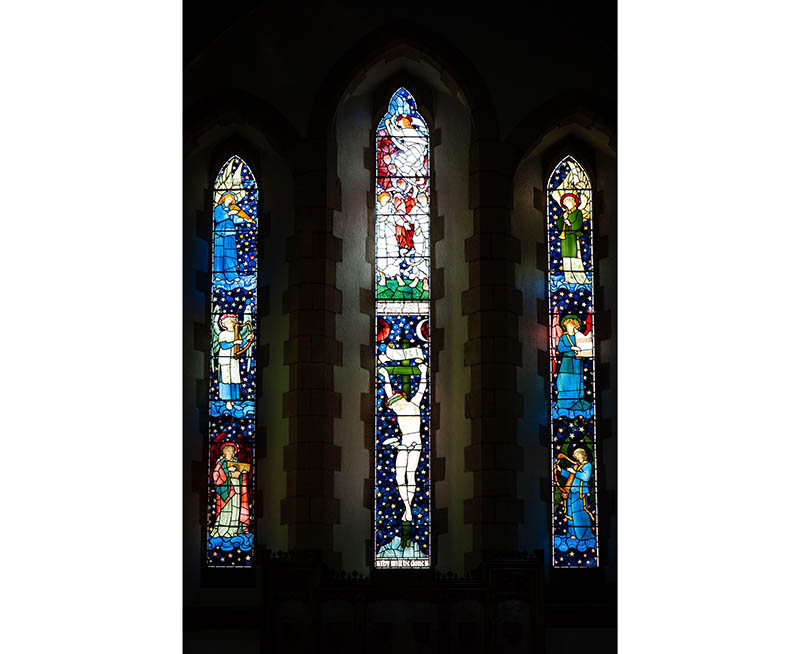 The Pre-Raphaelite painter who swapped 'willowy, nubile women' for stained glass — and created some of the best examples in Britain
The Pre-Raphaelite painter who swapped 'willowy, nubile women' for stained glass — and created some of the best examples in BritainThe painter Edward Burne-Jones turned from paint to glass for much of his career. James Hughes, director of the Victorian Society, chooses a glass masterpiece by Burne-Jones as his favourite 'painting'.
-
 'I can’t look away. I’m captivated': The painter who takes years over each portrait, with the only guarantee being that it won't look like the subject
'I can’t look away. I’m captivated': The painter who takes years over each portrait, with the only guarantee being that it won't look like the subjectFor Country Life's My Favourite Painting slot, the writer Emily Howes chooses a work by a daring and challenging artist: Frank Auerbach.
-
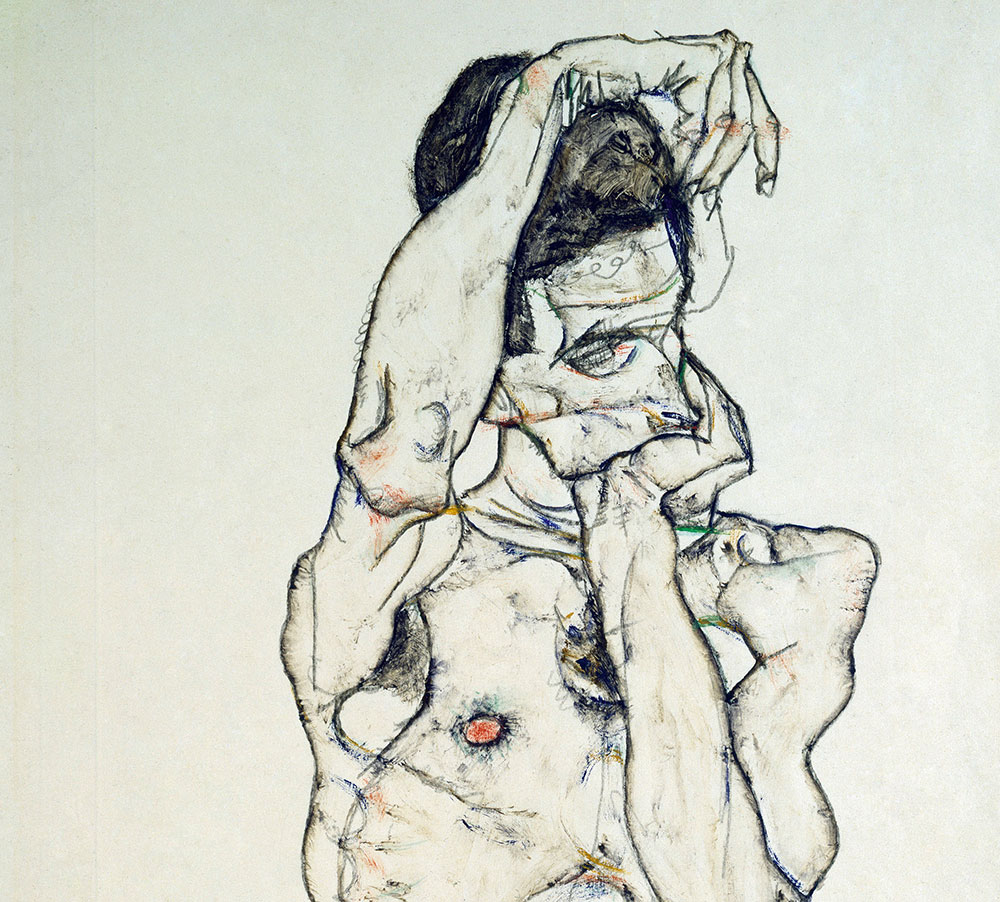 My Favourite Painting: Rob Houchen
My Favourite Painting: Rob HouchenThe actor Rob Houchen chooses a bold and challenging Egon Schiele work.
-
 My Favourite Painting: Jeremy Clarkson
My Favourite Painting: Jeremy Clarkson'That's why this is my favourite painting. Because it invites you to imagine'
-
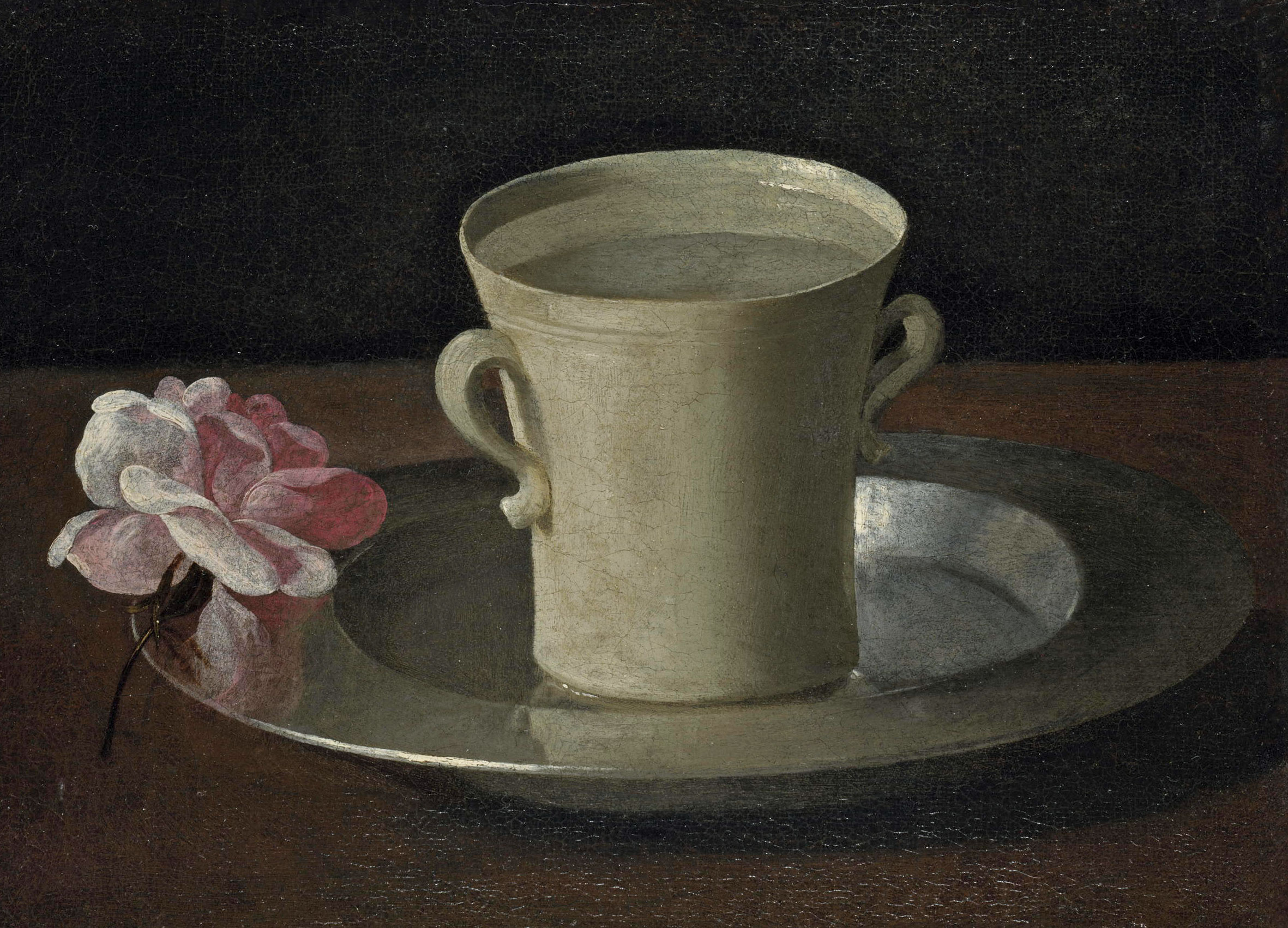 The chair of the National Gallery names his favourite from among the 2,300 masterpieces — and it will come as a bit of a shock
The chair of the National Gallery names his favourite from among the 2,300 masterpieces — and it will come as a bit of a shockAs the National Gallery turns 200, the chair of its board of trustees, John Booth, chooses his favourite painting.
-
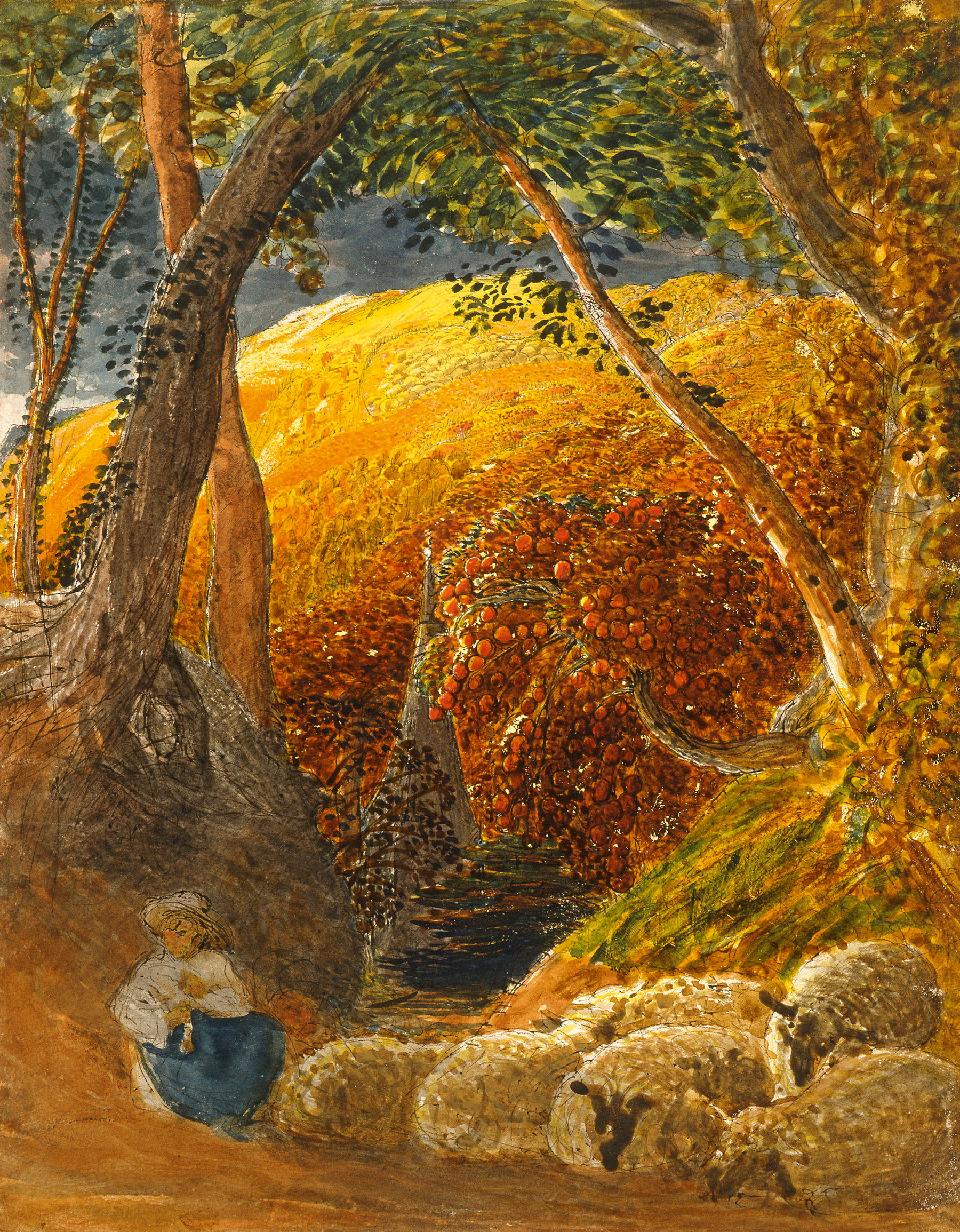 'A wonderful reminder of what the countryside could and should be': The 200-year-old watercolour of a world fast disappearing
'A wonderful reminder of what the countryside could and should be': The 200-year-old watercolour of a world fast disappearingChristopher Price of the Rare Breed Survival Trust on the bucolic beauty of The Magic Apple Tree by Samuel Palmer, which he nominates as his favourite painting.
-
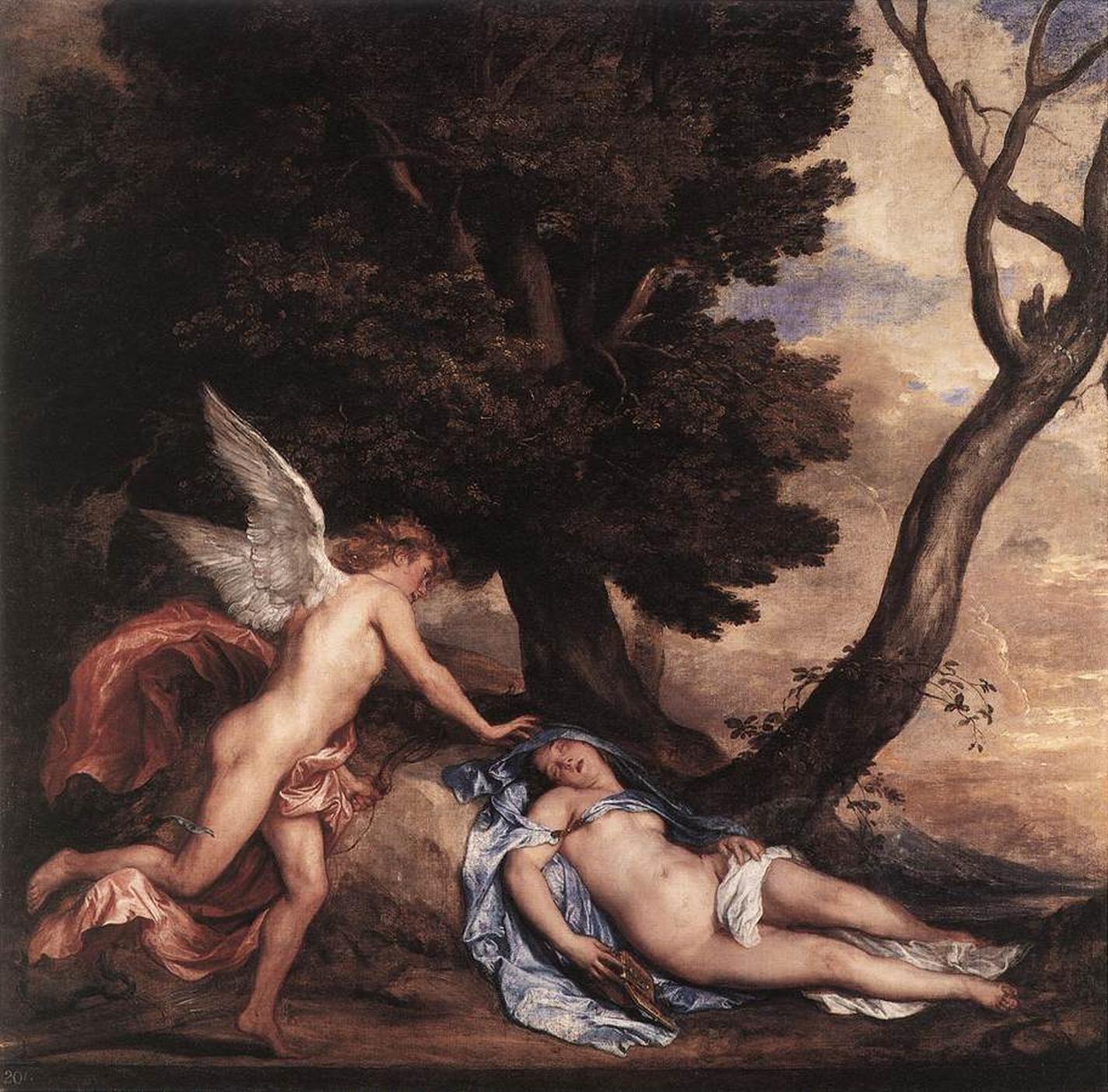 My favourite painting: Andrew Graham-Dixon
My favourite painting: Andrew Graham-Dixon'Lesson Number One: it’s the pictures that baffle and tantalise you that stay in the mind forever .'
